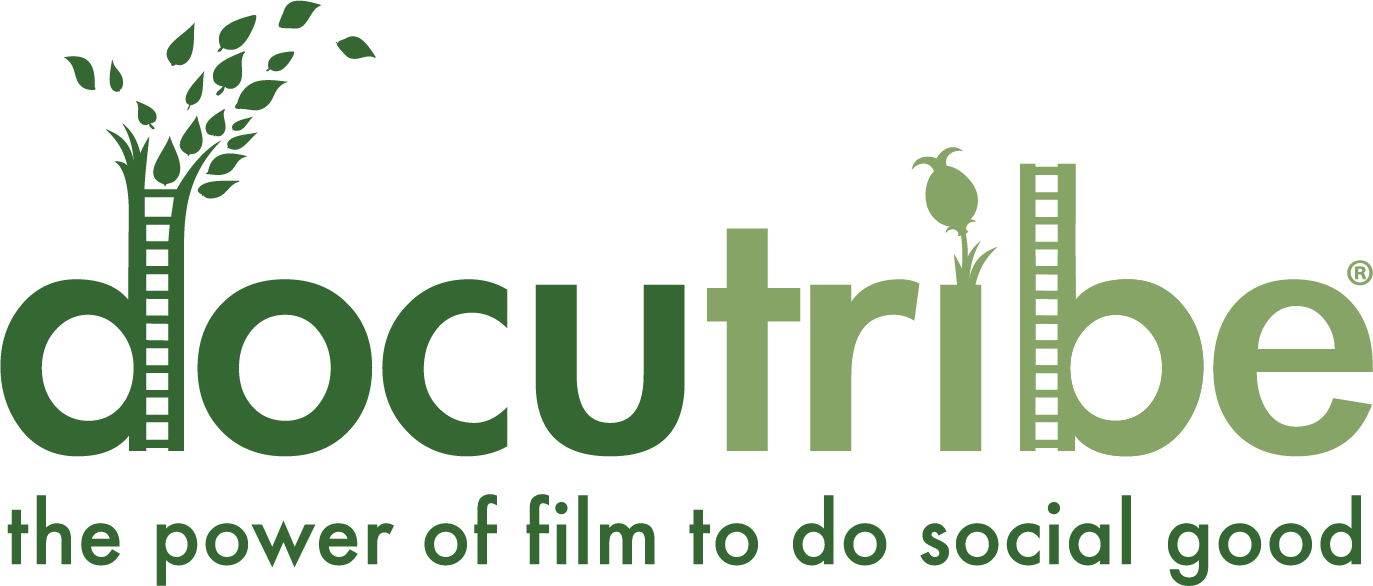Written by Sarah Moore
Contributions by Cecily Tyler
Stories are the fabric of our shared humanity. Through them, we pass down knowledge, preserve culture, and connect across time. What began as oral tradition was etched into written word, then amplified by the printing press, and eventually carried across continents. For centuries, we’ve come to understand one another through tales of courage, loss, resilience, triumph, family, friendship, conflict, and love. Stories move us—sometimes to tears, sometimes to action. That is their power.
And yet, as the saying goes, a picture is worth a thousand words.
Why Film?
The answer lies in the way our brains work. Neuroscience tells us that stories activate multiple areas of the brain, creating rich sensory engagement. Visual storytelling deepens this effect—our minds are naturally wired for it. In fact, the brain processes images 60,000 times faster than text. Film, as a fusion of image and sound, taps into this innate capacity, immersing us fully in another’s world.
That’s why, from the moment moving pictures flickered onto a screen, we’ve been spellbound. Film invites us not just to observe, but to feel. And when we feel, we are moved to act.
The Empathy Machine
Roger Ebert famously called film “the most powerful empathy machine.” He said, “A great movie lets you understand a little bit more about what it’s like to be a different gender, a different race, a different age, a different economic class… It helps us identify with the people sharing this journey with us.”
Though he coined the phrase only two decades ago, the principle has long guided visionary filmmakers, documentary storytellers (since the 1940s), and even television creators (with “very special” episodes in the 1980s and 1990s). For generations, stories on screen have mirrored and challenged society, illuminating injustice and inspiring change.
Institutions, too, recognized this power—governments used it for patriotism or propaganda, corporations for persuasion and branding, nonprofits for advocacy and education. Across sectors, visual storytelling is a vessel for influence.
A (Very) Brief History
Cinema’s birth in the 1890s was humble: flickering images viewed through a kinetoscope. But its evolution was swift. Within 40 years, the world entered the “Golden Age” of film. Since then, formats have transformed—from Technicolor to digital, from silver screens to streaming.
Meanwhile, news evolved alongside it. From wartime newsreels to 24-hour networks, and now to real-time social media, visual storytelling has redefined how we understand the world. Today, we’ve circled back to oral tradition—only now, our campfire is global, digitally and in person, and everyone has a voice.
A New Era of Storytelling
Until recently, access to visual storytelling was controlled by a few—studios, networks, gatekeepers. But now, with smartphones and social platforms, the power has shifted. Filmmaking is no longer the domain of the privileged few; it belongs to anyone with a story to tell.
This democratization has sparked a new golden age of storytelling for social change. We now see raw, personal accounts of war, injustice, resistance, and hope. We witness the world through the eyes of those who live it.
And the world watches back.
Docutribe’s Commitment
At Docutribe, we believe that filmmaking is not just a means of storytelling—it’s a tool for empowerment. Our mission is to teach and amplify the art of visual storytelling, equipping communities to raise their voices, own their narratives, and advocate for change.
In classrooms, conflict zones, and community centers, we offer training, mentorship, and support. We help individuals document lived experiences and transform them into catalysts for awareness, dialogue, and action. Their stories inspire, educate, and connect audiences around the world.
As long as there are stories to tell, and people willing to listen, we will continue this work.
“There’s no better way to understand and appreciate the richness of different perspectives than through the beauty of film.”
— Jen Smith, British Film Institute
